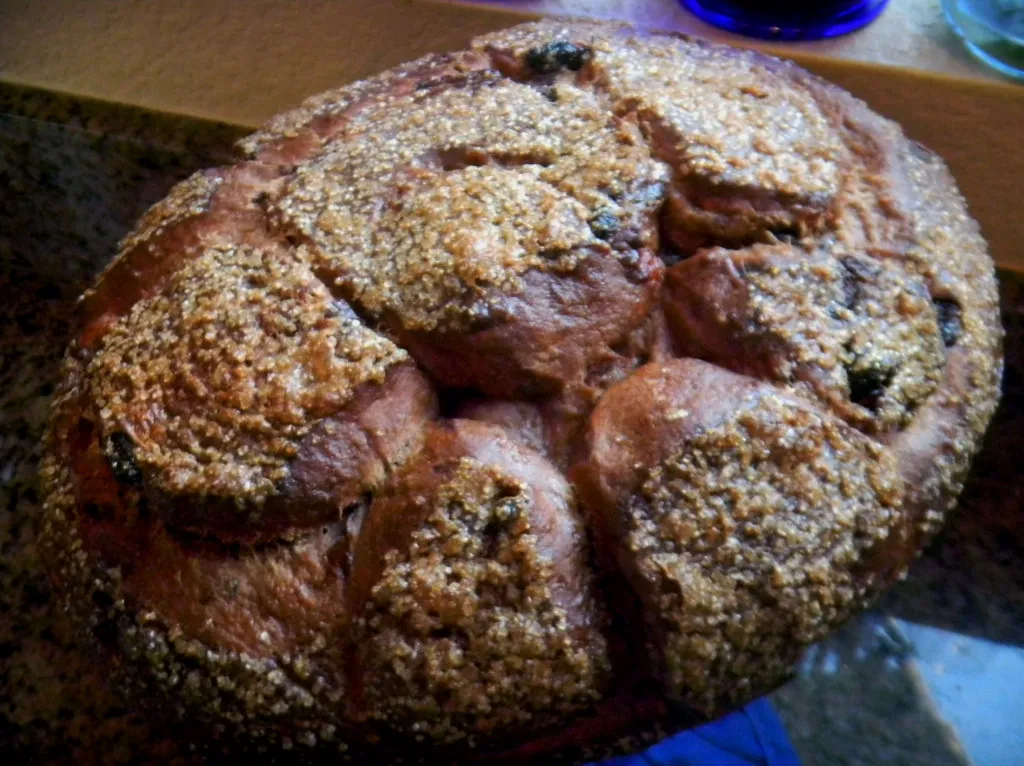Chocolate Salted Rye Cookies

Hello everyone,
If you are a chocolate lover, you might like these Chocolate Salted Rye cookies!
I discovered the recipe, created by Laurie Ellen Pellicano of Tartine Bakery, in an airline magazine
(published here). Rye flour in a chocolate truffle of a cookie - how could I resist?
- Log in or register to post comments
- 26 comments
- View post
- breadsong's Blog







